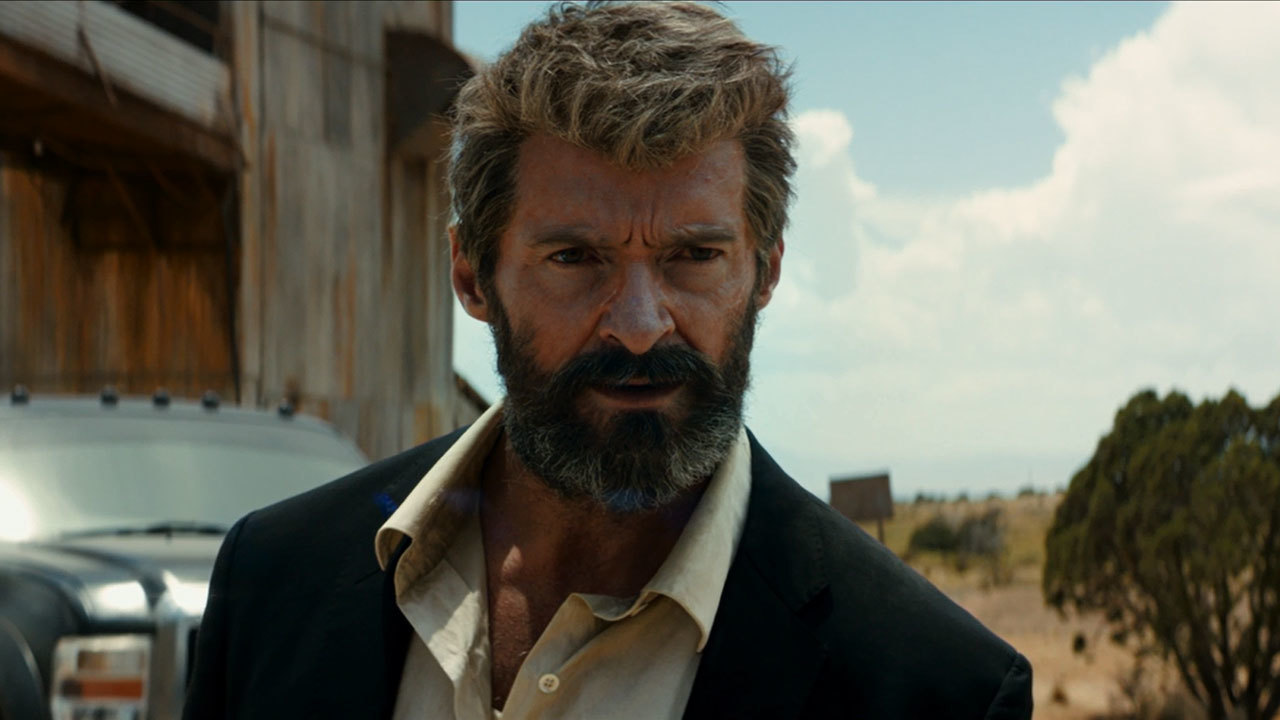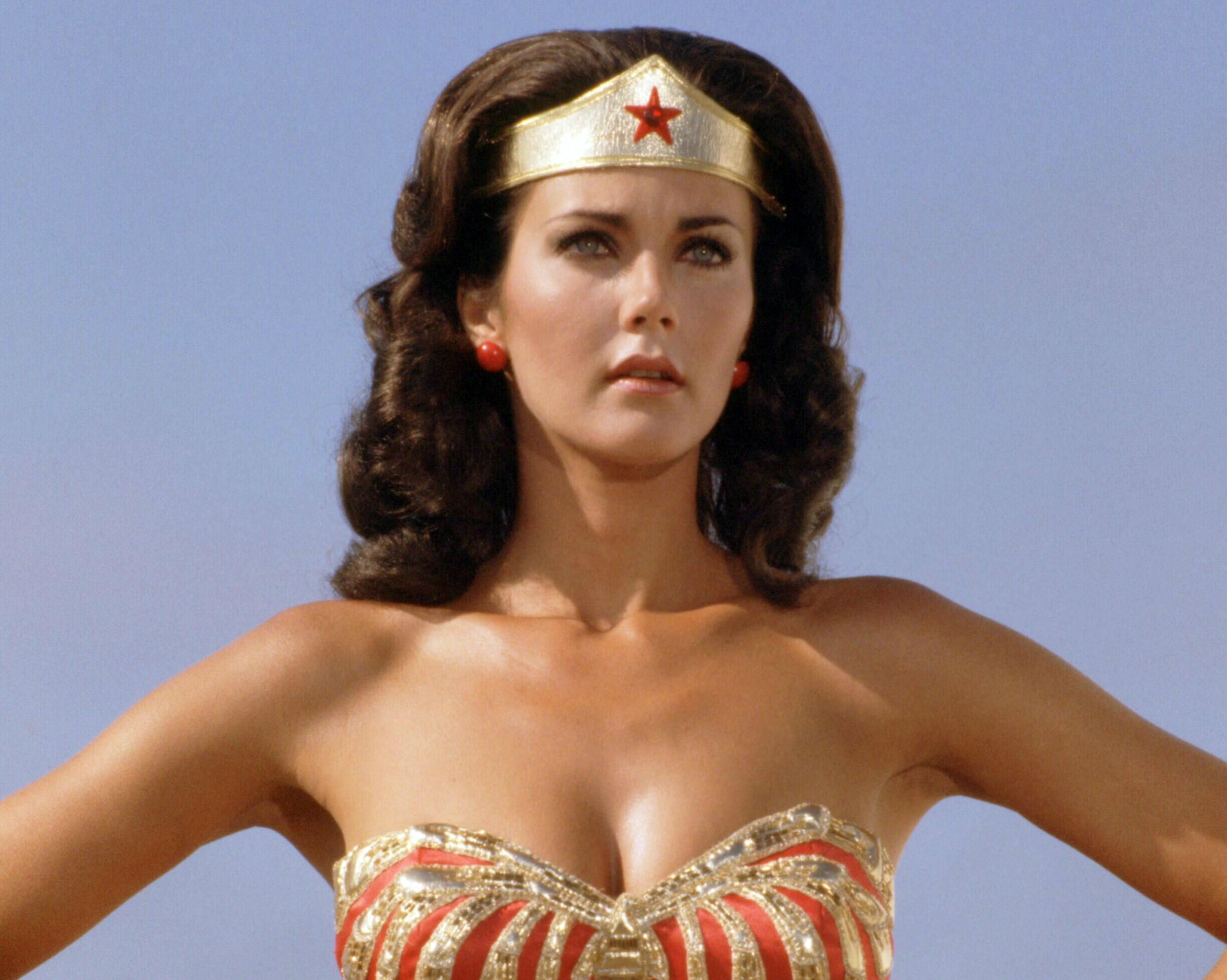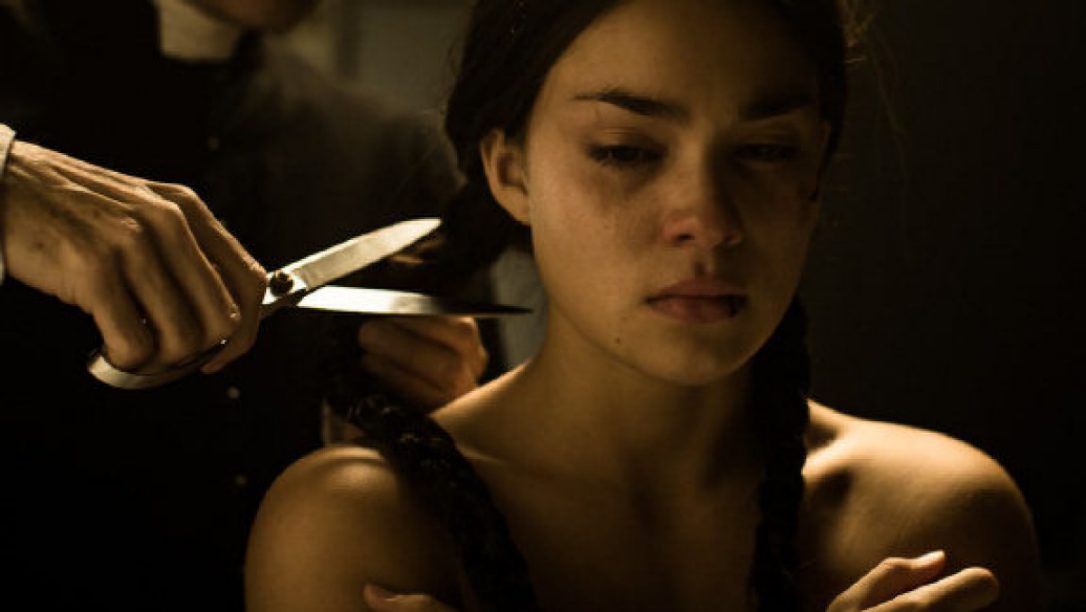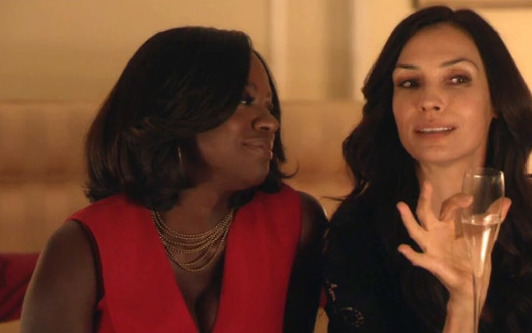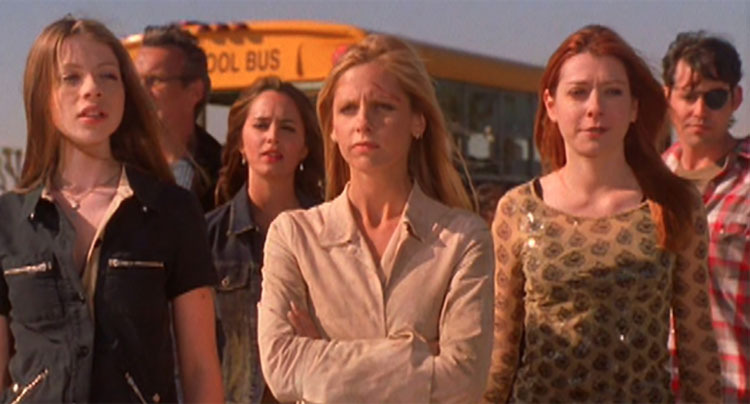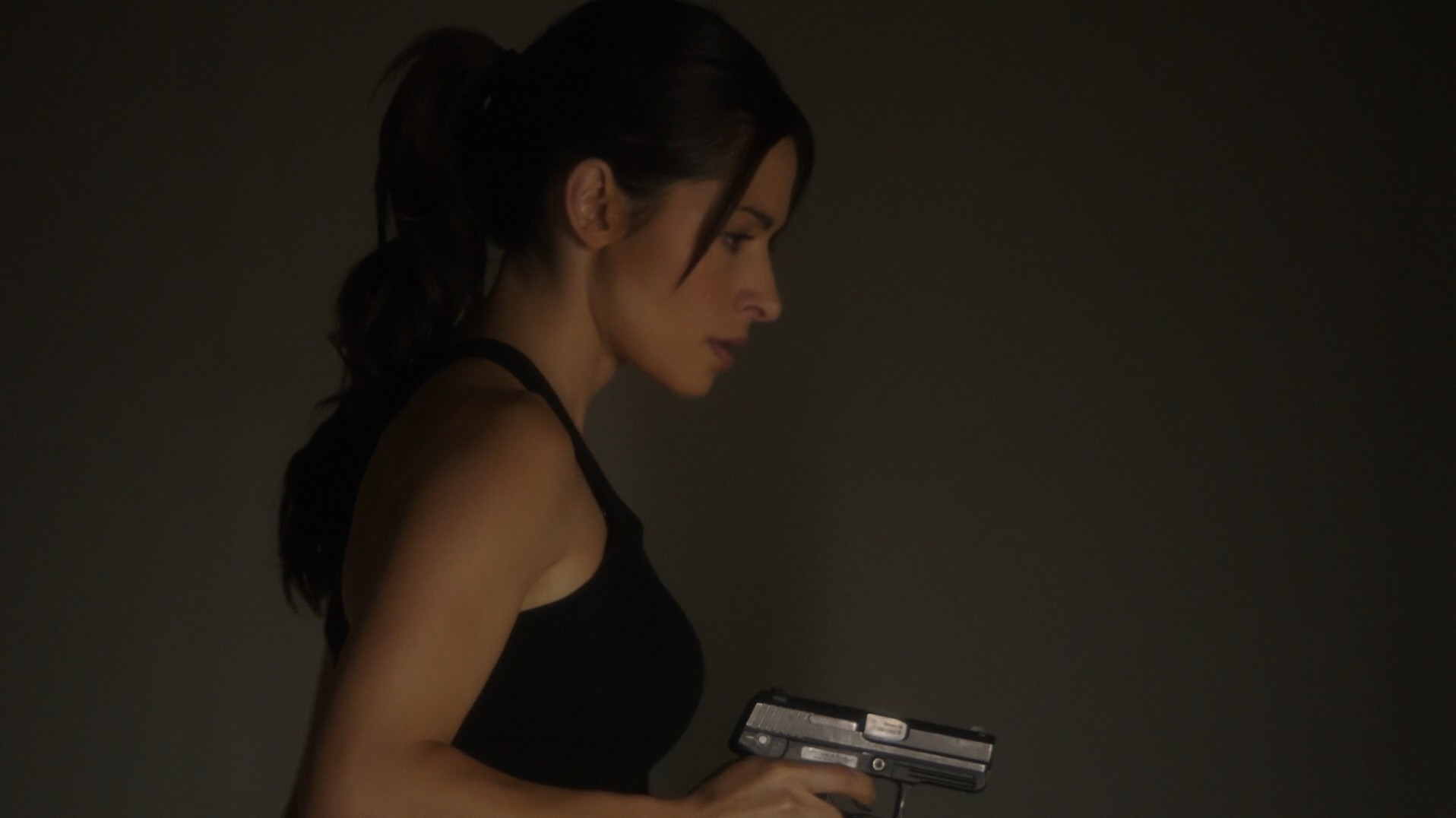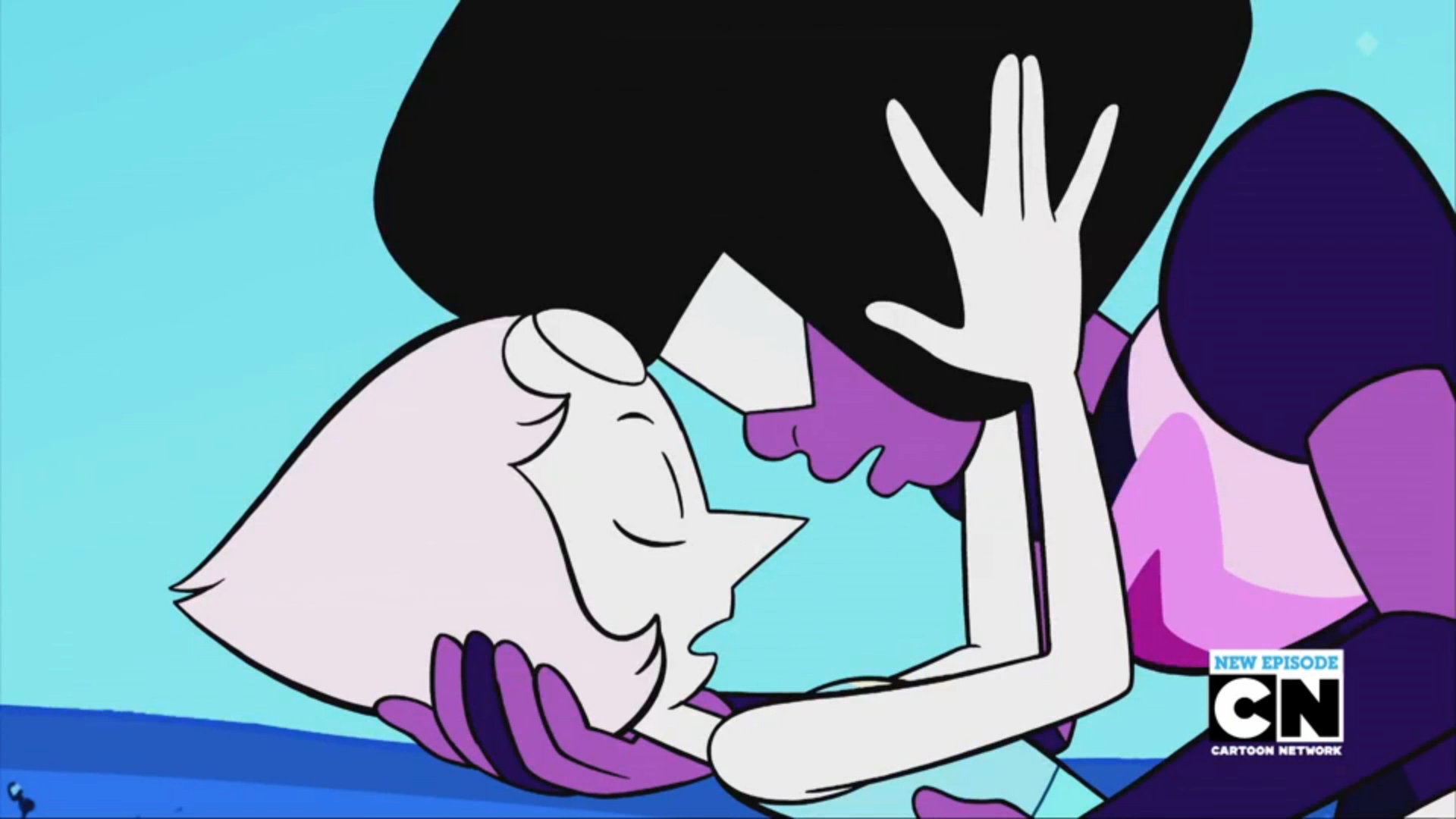This guest post is written by Lacy Baugher.
There’s so much that The Flash does right. It’s probably the best example of a superhero series on TV right now, featuring fun stories, surprising twists, and strong, compelling relationships between its lead characters. It’s a joy to watch, most of the time. It has a ton of heart, and it generally remembers the most important thing about superhero stories: They’re supposed to be about hope. But for all the great things about it, The Flash has never particularly handled women well.
The show’s issues with how the writers have written superhero Barry Allen’s (Grant Gustin) girlfriend Iris West (Candice Patton) are already well documented elsewhere. She’s been frequently ignored in major stories, lied to by everyone she knows, and was the absolute last person to find out Barry’s secret identity. As a character, Iris has definitely had it pretty rough. But the way that The Flash often chooses to portray its other female lead is just as frustrating, and discussed far less frequently. Caitlin Snow has never gotten the storyline or attention she deserves, and it is well past time for that to change.
Caitlin (Danielle Panabaker) is a brilliant doctor, a loyal friend and an integral part of Team Flash. She is brave, resourceful, and much more capable than she gets credit for; she’s been working to keep Central City safe since the show started, often at great personal sacrifice. Despite all this, she’s still the main character we know the least about, both on a personal and emotional level. The Flash is primarily about Barry Allen’s journey, so it makes sense that the show often prioritizes exploring his various levels of man pain. But we also get plenty of Joe’s man pain. And Cisco’s. And Wally’s. It’s possible this show has actually fleshed out more of recurring sometime-villain Leonard Snart’s inner life than they have Caitlin’s. And she’s one of the show’s female leads!
Instead, The Flash has struggled to give Caitlin any kind of storyline that isn’t somehow focused on the man in her life. She spent the better part of two seasons stuck in stories that almost solely revolved around her romantic relationship. Since the men in her life keep dying or disappearing, Caitlin has been trapped in a constant Greek tragedy of grief, as she’s buried or mourned two different love interests. When we first meet her, Caitlin is coping with the death of her fiancé Ronnie Raymond (Robbie Amell), killed during the particle accelerator explosion that kicked off the TV series. So, as viewers, we’ve actually never known Caitlin when she wasn’t shadowed by some terrible loss.
Of course, it turns out that Ronnie isn’t actually dead, and Caitlin’s season one storyline is focused on finding him, helping him, and then marrying him at the end of it. All of her actions and motivations are tied to him. When Ronnie dies again after their wedding, Caitlin is plunged back into her default state: grief. In season two, she was given another love interest, a Flash from an alternate version of Earth named Jay Garrick (Teddy Sears). Caitlin’s entire season two storyline revolved around Jay — helping him adjust to our Earth, searching for a cure for his mysterious speed illness, and falling in love with him. Sound familiar? It was. At least until Jay was revealed to be evil metahuman Zoom (voiced by Tony Todd), who then kidnapped Caitlin and held her hostage for multiple episodes, trying to force her to romantically accept him. Seriously, this girl cannot catch a break.
For a real sense of how Caitlin has been underused in virtually every way, compare her development to Cisco’s. Introduced at the same time as Caitlin, Cisco Ramon (Carlos Valdes) was also a brilliant S.T.A.R. Labs employee. In the two and a half seasons since The Flash began, we have learned plenty about him beyond that, however. Cisco is a fully developed character with dreams, quirks, and fears. We learned about his childhood and met some of his family. He went on a season-long journey to discover and accept his powers as a metahuman. And while he has had a couple of romantic interests along the way, Cisco’s story has never been defined by them in nearly the same ways that Caitlin’s romantic relationships have defined her. We have learned little about her family, her past, or her personal desires, beyond how they connected to the man she was involved with at the time. On the rare occasions Caitlin got to be involved in a story that wasn’t about Ronnie or Jay, she was usually stuck taking care of one of the other Team Flash members who injured themselves in some way.
Until now.
Thanks to Barry’s creation of the alternate reality “Flashpoint,” Caitlin Snow has been transformed into a version of her comic book alter ego, the villainous Killer Frost. A metahuman with the power to manipulate frozen air, we have already seen one version of this character on The Flash, in the same alternate version of Earth that brought us Jay Garrick. In our reality, Caitlin’s powers slowly manifested themselves over time and she kept them hidden from her teammates out of fear that “Killer Frost” would take over against her will. Caitlin very clearly does not want to be like her evil self from Earth-2; she’s quite worried that she might hurt others with her abilities. In fact, Caitlin seems pretty determined to contain or, if possible, get rid of her powers, and is actively working toward both of those goals.
Theoretically, the Killer Frost twist should be a great development for Caitlin’s character, and in many ways it is. For the first time on The Flash, she has a story arc that is solely about her. Even though the writers have shoved yet another boyfriend in her plotline, Julian (Tom Felton) is very clearly a secondary feature in her story. (In fact, you could argue she’s only involved with him because she thinks he might be able to “cure” her.) Which is fantastic. Because it means that Caitlin finally gets the chance to be a real, three-dimensional person. Her behavior is wonderfully human; she’s selfish and aggravating and makes a lot of poor decisions. Her actions – bringing Julian on to the team, stealing a piece of the Philospher’s Stone – are incredibly self-serving. She’s lied and she’s manipulated people and she’s kept secrets. In short, Caitlin’s kind of a mess right now. And it’s awesome. We’ve never really gotten the chance to see her character like this before.
Unfortunately, The Flash has yet to really embrace the full potential of a metahuman Caitlin. While there were initial hints that she might learn to control her abilities and still maintain her sense of self, the show has recently doubled down on the idea that Caitlin deeply fears her powers. And she kind of has good reason to – because if she uses them, she basically becomes evil; not just a darker version of herself, which would be kind of interesting in its own right. No, instead, Caitlin basically just turns into Earth-2’s Killer Frost. It’s like she’s getting body snatched by someone from another universe. It appears as though she loses her real self completely.
This is problematic on multiple levels. For starters, no one else on The Flash is affected by their powers in a way that alters their core character in this way and there’s been no clear explanation as to why. (After all, Cisco’s Earth-2 doppelganger was also pretty evil. And he’s still fine whenever he “vibes” something.) Plus, the decision to continually depict Caitlin as afraid of herself and her abilities is unsettling. Women are almost always taught to fear their own power, instead of embracing it or attempting to understand it. It’s sad to see that pattern repeating on a show that has so few leading women in the first place.
Caitlin’s journey – whether she ultimately keeps her powers or not – should be about figuring where she fits within Team Flash, within her family, and within her own idea of herself. We have seen Caitlin unnerved by the darkness inside her. She has issues with her mother and even occasionally with members of her own team. She’s certainly lost enough to want to burn the world down twice over. But she’s never really gotten the chance to deal with any of those issues on-screen in a significant way. This Killer Frost arc offers a perfect opportunity for her to finally do so. Caitlin’s journey shouldn’t be about whether she might turn into a monster, it should be about her becoming whole.
While Caitlin has currently become her evil alter ego – a near-death experience necessitated using her ice powers to save her life – it seems unlikely that The Flash will turn her into a full-fledged villain for keeps. (Especially since we’ve already seen evidence that Caitlin is capable of controlling her abilities herself.) Whether this means she will ultimately lose her powers or come to accept them remains unclear. Maybe Julian will find a metahuman “cure.” Maybe Caitlin will end up fighting beside Barry, after she comes back to herself. Maybe Killer Frost really is here to stay. This story could go a lot of ways. But, no matter what happens, it should be about the person that Caitlin herself chooses to be. And The Flash needs to be brave enough to tell the kind of story that gives her that choice.
Lacy Baugher is a digital media strategist by day, and a lover of all things geeky all of the time. Her major interests include British period dramas, complex ladies in superhero stories, and the righteousness of Sansa Stark’s destiny as Queen of the North. Stop by and say hello on Twitter at @LacyMB.




